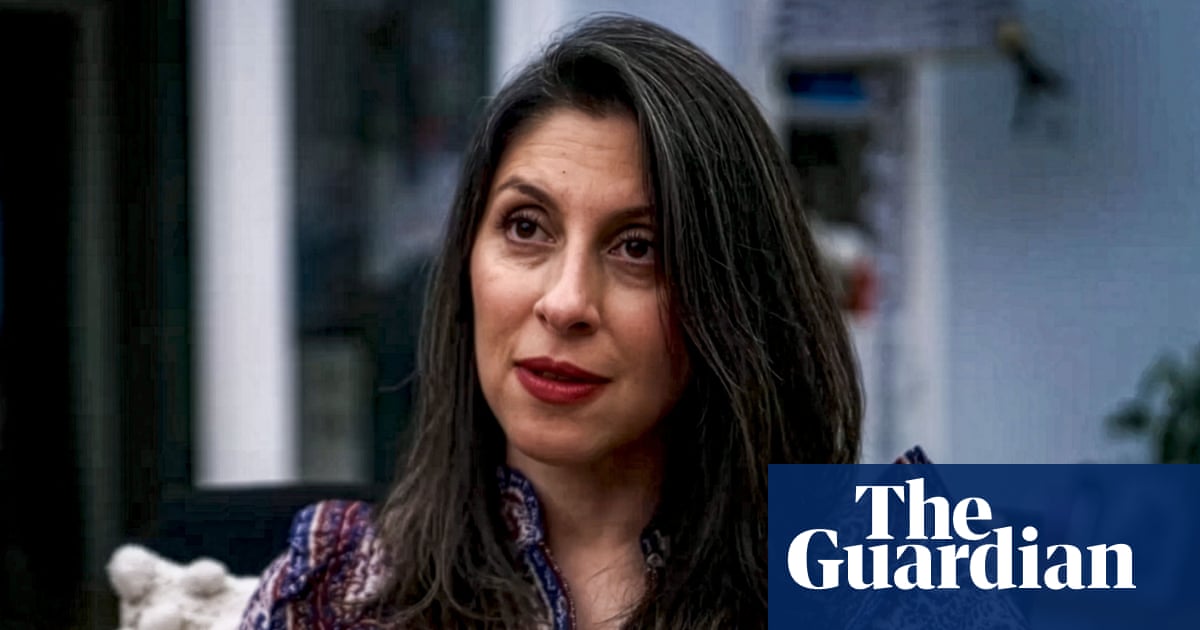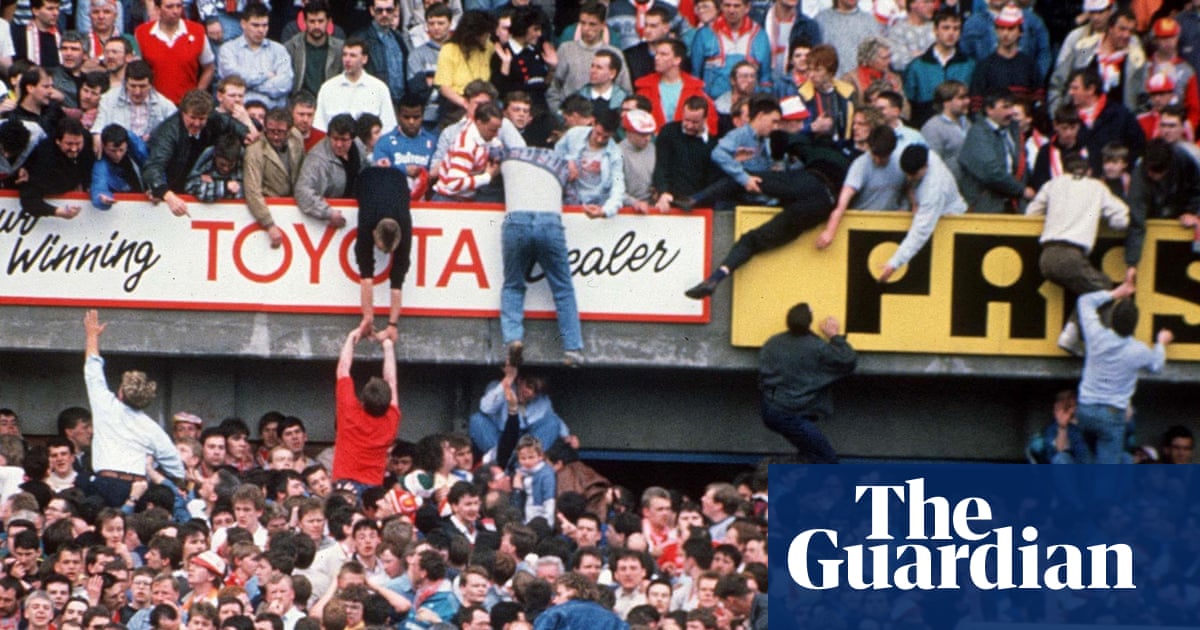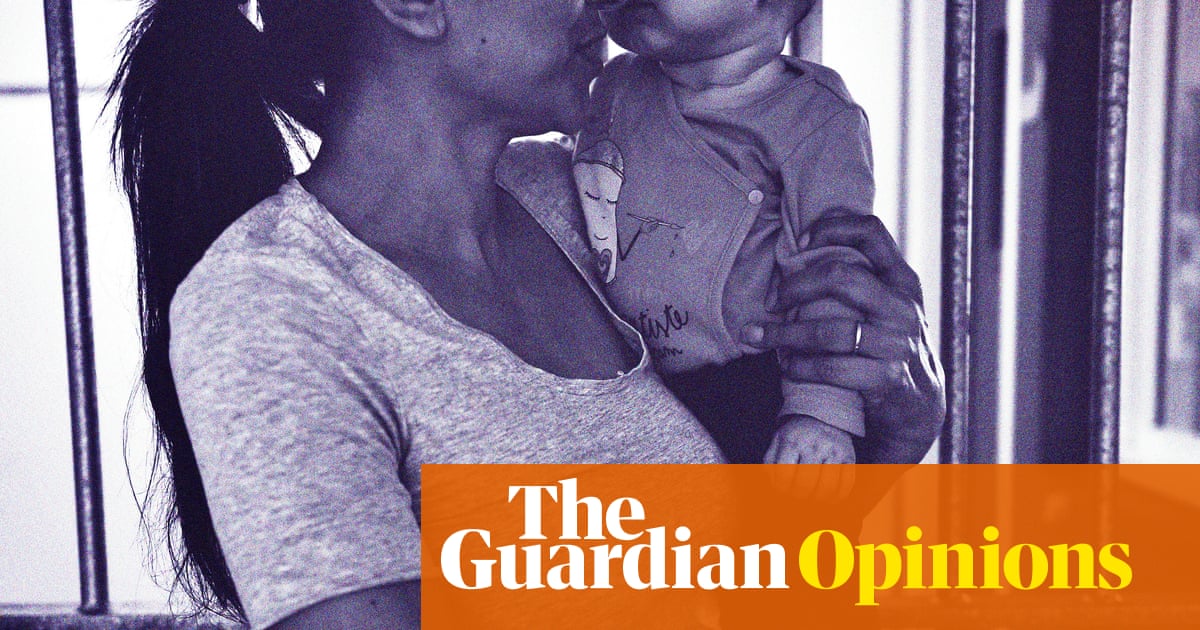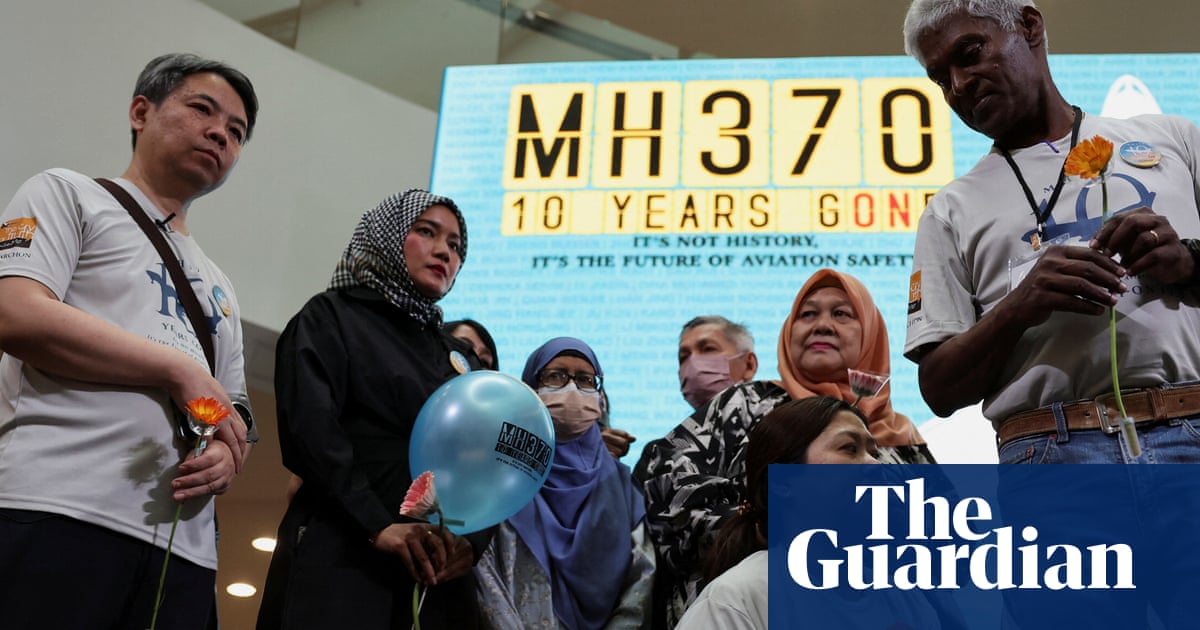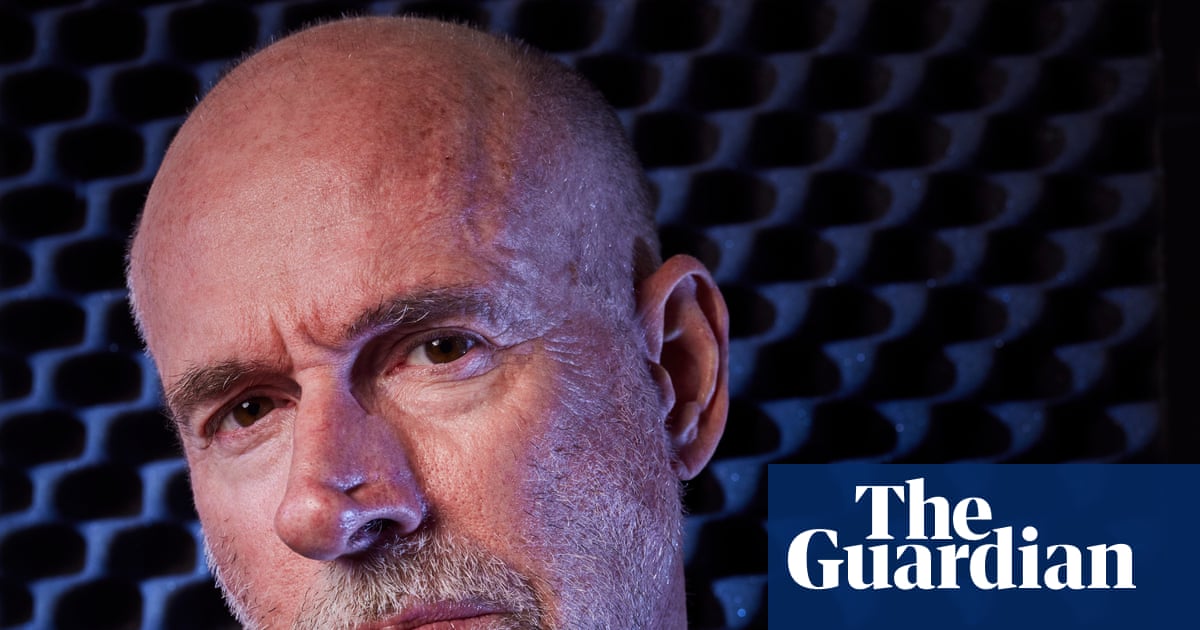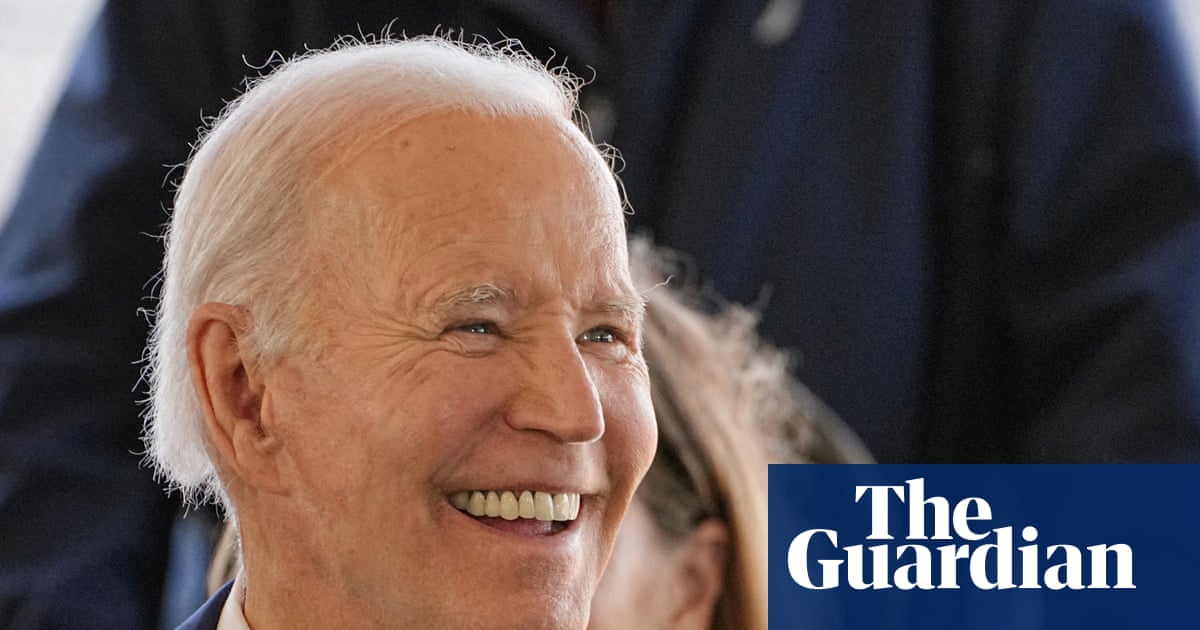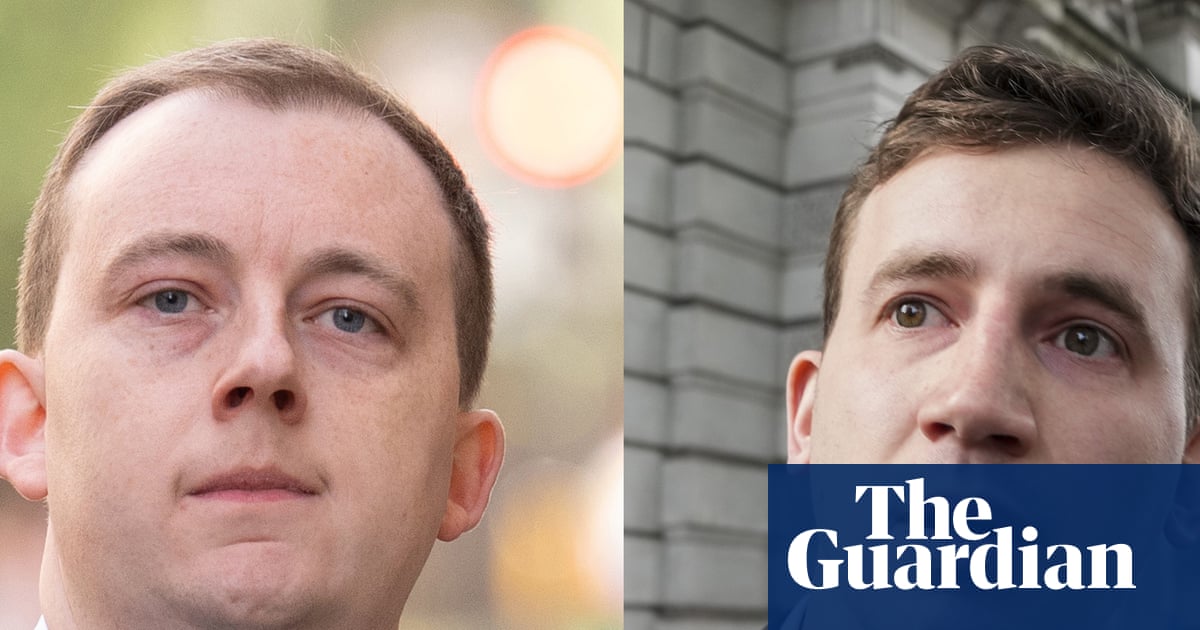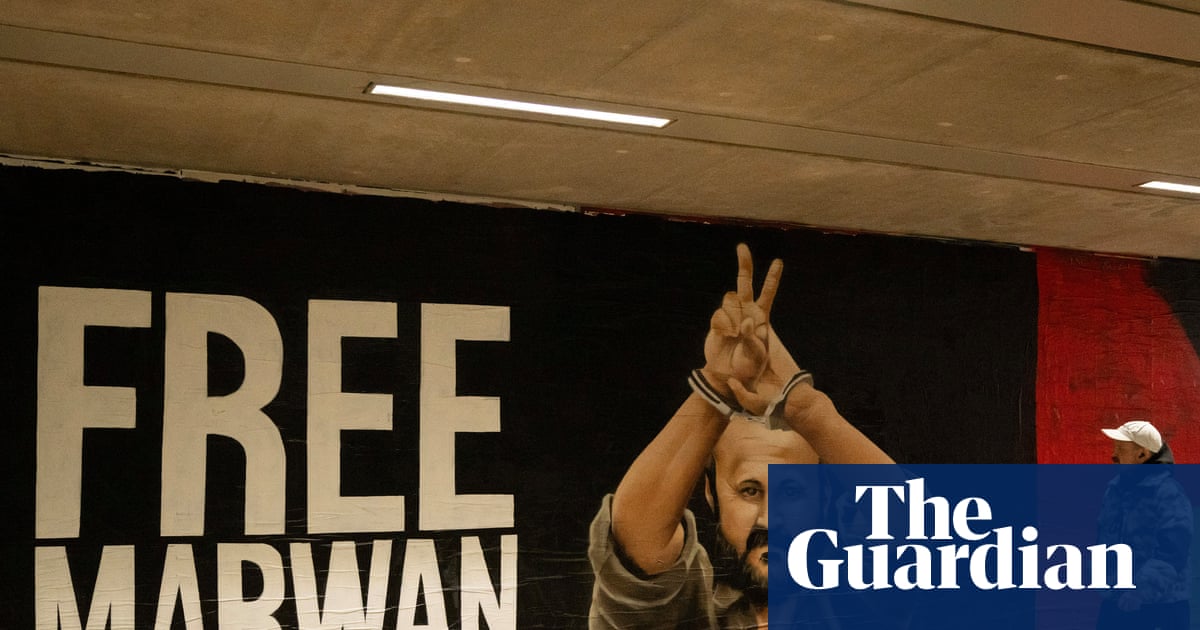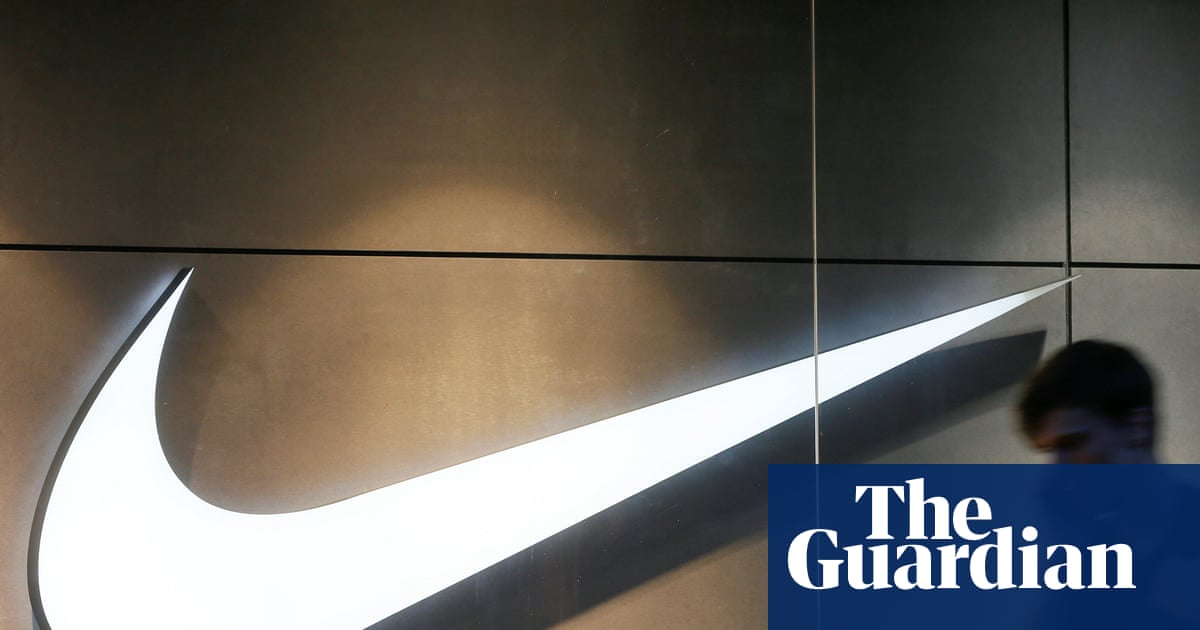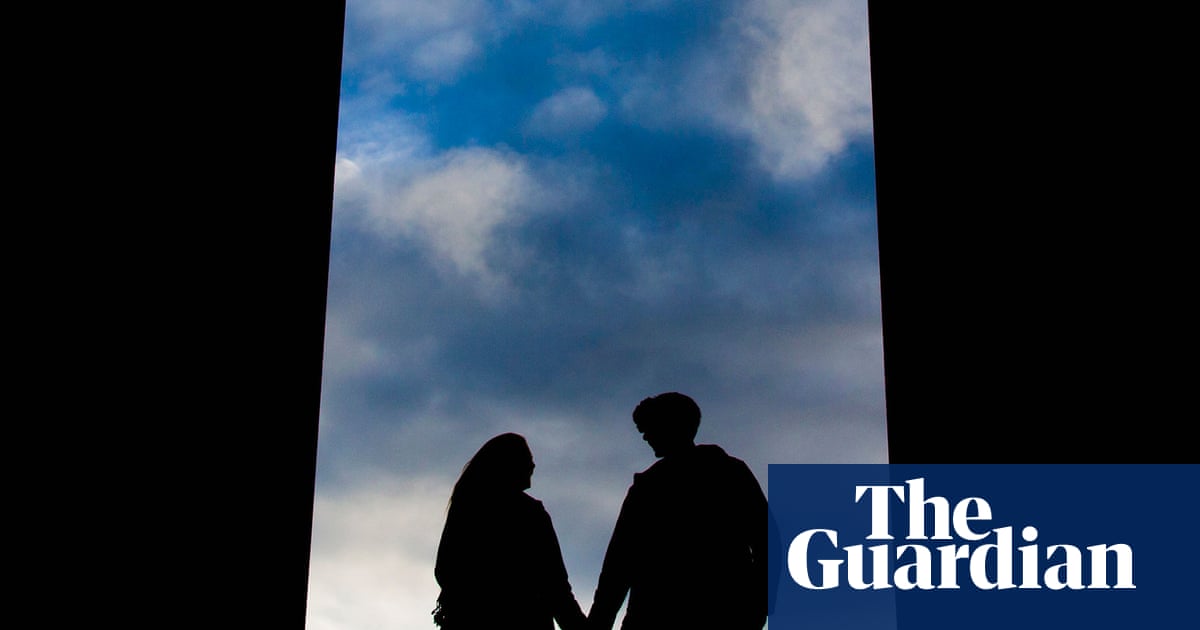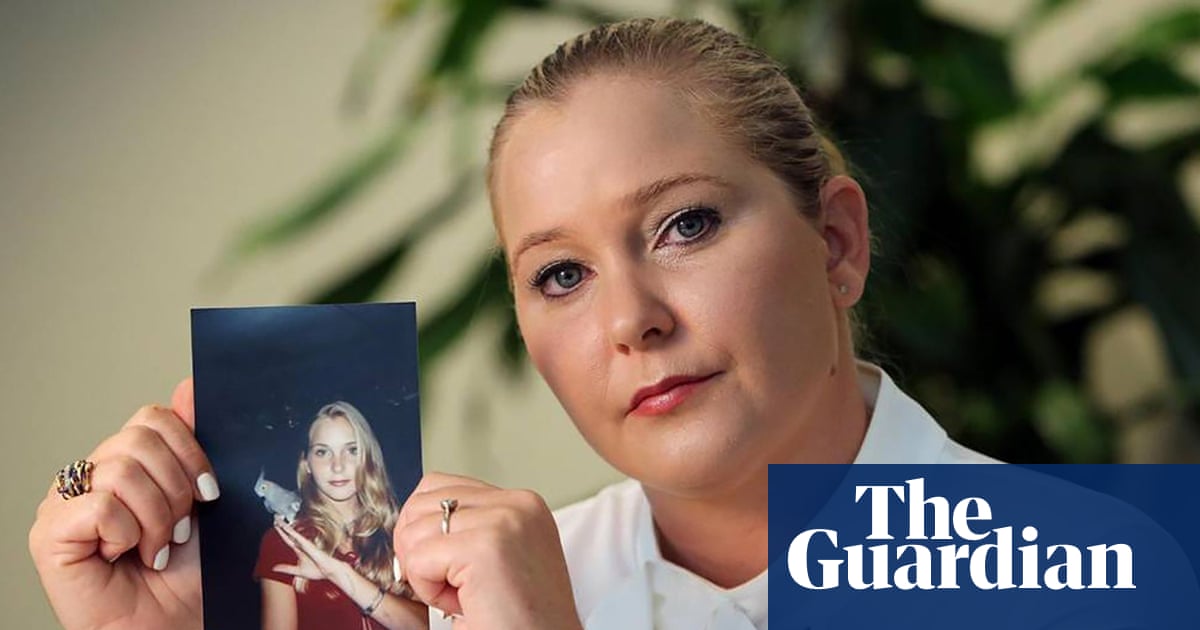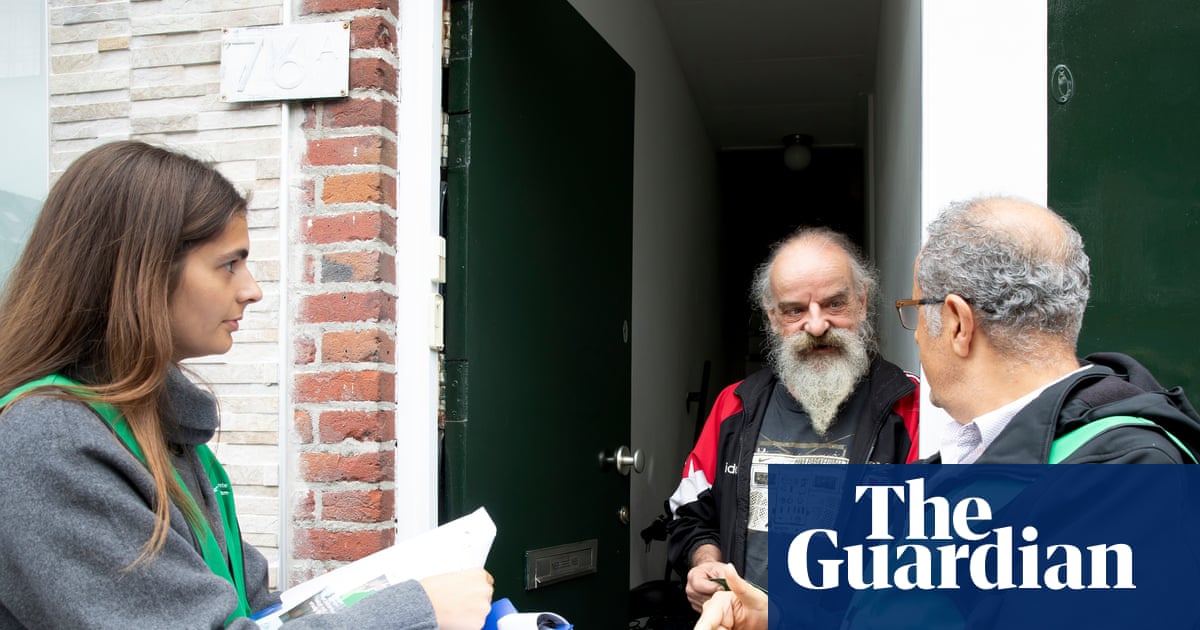Last month something unusual happened in the television world. At 9pm, traditionally a crucial time slot for Britain’s main broadcasters, none of their shows were able to attract an average audience of 1 million viewers.
An ITV documentary about Madeleine McCann was the most popular in the slot, drawing a broadcast audience of less than 900,000 viewers. It happened again less than a week later when ITV’s thriller Coldwater narrowly beat Channel 5’s Fare Dodgers: At War With the Law. The unwelcome phenomenon has since happened for a third time.
TV insiders think the regular failure to breach the 1 million mark is unprecedented. “Twenty years ago, thinking about falling below a million would have been just so outlandish,” said Liam Hamilton, a former ITV executive who spotted the trend.
It marks the latest decline in traditional television watching. Audiences have edged away from the shared viewing experiences of the days when the nation’s kettles switched on at the ad breaks and instant discussions took place about the unfolding storylines of Silent Witness or Cracker.
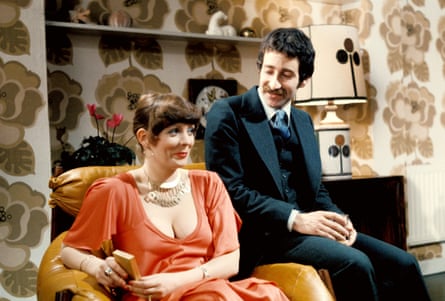
“There was a time when enough of us watched the same thing we could discuss it the following day – it was definitely a binding experience,” said Jimmy Mulville, a co-founder of Hat Trick Productions, the maker of Derry Girls and Have I Got News for You, and a presenter of Insiders: The TV Podcast.
“Abigail’s Party, a single play written by Mike Leigh, was watched on BBC2 by 18 million people [in 1977] and we all talked about it the following day. Well, those days are over,” he said.
The first time this year that none of the five main channels had 1 million viewers at 9pm was on 17 September. On the same night a decade earlier, the leader in that time slot was BBC One’s Who Do You Think You Are? with 4.1 million viewers. All five main channels recorded audiences of more than 1 million, according to the Digital-i agency.
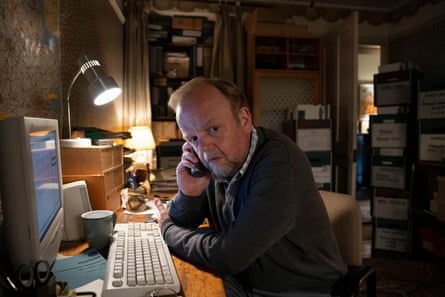
The rise in catchup viewing and the arrival of streaming services such as Netflix have dramatically pulled audiences away from traditional, broadcast television and divided audiences. Executives regard the “overnights” – instant ratings indicating how many people watched a show as it was broadcast – as increasingly irrelevant.
Most now look at ratings after four weeks, when viewers have watched at their own pace. It means television viewing is now less of a collective endeavour.
The rapid change produces mixed feelings among television’s most senior figures. “It doesn’t matter because we all watch at our own pace, in our own time, and can watch much better content as a result,” said one production company boss.
“Just because something isn’t a shared viewing moment doesn’t mean it’s not a shared cultural topic of conversation. We are all watching it and commenting on it, just in our own timeframes. But it does matter – because some shows are national events.”
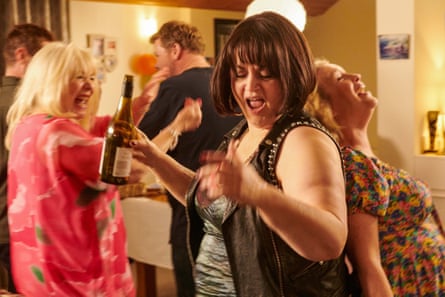
It also means broadcasters and streamers are putting a premium on events that have to be watched there and then, explaining the huge demand for sporting rights.
While traditional viewing continues to fall, hit shows can still buck the trend – and catchup viewing allows shows to reach huge audiences eventually.
Mr Bates vs the Post Office, which set the political agenda, recorded a traditional audience of 3.6 million for its debut at 9pm. It has since attracted more than 10 million viewers. Gavin & Stacey: The Finale last Christmas attracted an average of 12.3 million viewers at a rare time when families were on the sofa watching together.
Strictly Come Dancing, with its live element, still retains a large live audience, attracting more than 6 million viewers last weekend.
“That joint collective experience just doesn’t seem to exist, but whether or not it means TV is failing is different,” said Steven D Wright, a former Channel 4 commissioner and producer. “Ratings don’t always prove that something’s a good show anyway. And we live in a fractured landscape now. Everybody is frantically watching TV on their own, or on their own device.”

The arrival of digital platforms such as YouTube and TikTok has created yet another challenge, not only for linear TV but for streamers, too. Mulville said some social media clips from the US version of Have I Got News for You could have a higher viewership than the original broadcast.
Despite the fall in traditional viewing, it still plays a role for broadcasters, said the TV writer and reviewer Scott Bryan. “The conversation around the death of linear, traditional TV broadcasting has been a conversation that’s been going on now for more than 20 years,” he said. “But I think broadcasters see it as a shop window when people turn on.
“And it can still have a power at certain moments to create national conversations in a way that streamers find much harder. Even if people are moving away from it, I don’t think public service broadcasters will get rid of something that is actually giving them a competitive advantage.”

.png) 1 month ago
42
1 month ago
42
